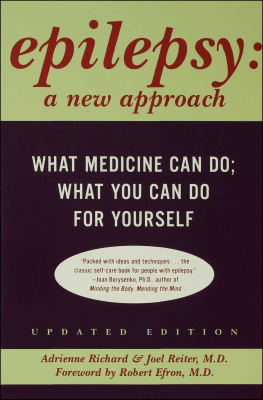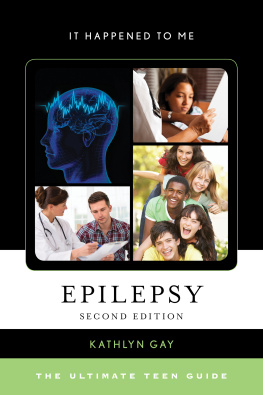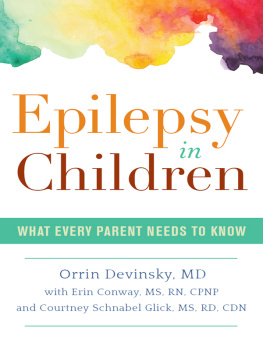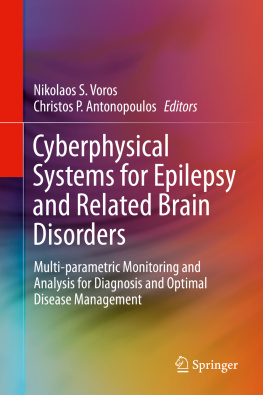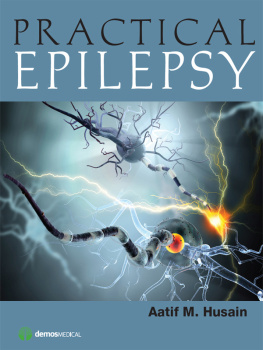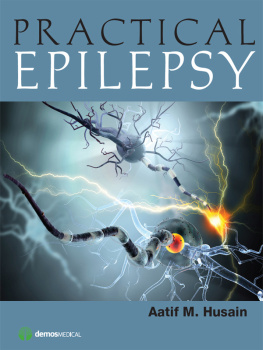Adrienne Richard - Epilepsy: A New Approach
Here you can read online Adrienne Richard - Epilepsy: A New Approach full text of the book (entire story) in english for free. Download pdf and epub, get meaning, cover and reviews about this ebook. year: 2009, publisher: Bloomsbury Publishing Plc, genre: Religion. Description of the work, (preface) as well as reviews are available. Best literature library LitArk.com created for fans of good reading and offers a wide selection of genres:
Romance novel
Science fiction
Adventure
Detective
Science
History
Home and family
Prose
Art
Politics
Computer
Non-fiction
Religion
Business
Children
Humor
Choose a favorite category and find really read worthwhile books. Enjoy immersion in the world of imagination, feel the emotions of the characters or learn something new for yourself, make an fascinating discovery.
- Book:Epilepsy: A New Approach
- Author:
- Publisher:Bloomsbury Publishing Plc
- Genre:
- Year:2009
- Rating:4 / 5
- Favourites:Add to favourites
- Your mark:
Epilepsy: A New Approach: summary, description and annotation
We offer to read an annotation, description, summary or preface (depends on what the author of the book "Epilepsy: A New Approach" wrote himself). If you haven't found the necessary information about the book — write in the comments, we will try to find it.
This book is a unique collaboration between a gifted writer with epilepsy and a skilled physician who has brought new insight into the treatment of this condition. At the age of twenty-six, when Adrienne Richard was seven months pregnant, she was diagnosed with epilepsy. For years she took anticonvulsant drugs to control her seizures, but she wanted to wean herself from the powerful drugs if she could. During the first ten years without medication she had only one seizure. Her goal was to live seizure-free. Ms. Richard practiced yoga, biofeedback, and mind/body techniques in the eighties to help her reach that goal. While writing an article for a magazine based in California, she learned of Dr. Joel Reiter, who was exploring epilepsy self-care in his clinical practice and through his groundbreaking research. Epilepsy: A New Approach combines Adrienne Richards own inspiring story of overcoming a debilitating condition with Dr. Reiters up-to-the-minute medical knowledge of diagnosis and treatment. This self-help program offers people with epilepsy and those who love them a chance to regain control of their lives.
Adrienne Richard: author's other books
Who wrote Epilepsy: A New Approach? Find out the surname, the name of the author of the book and a list of all author's works by series.

